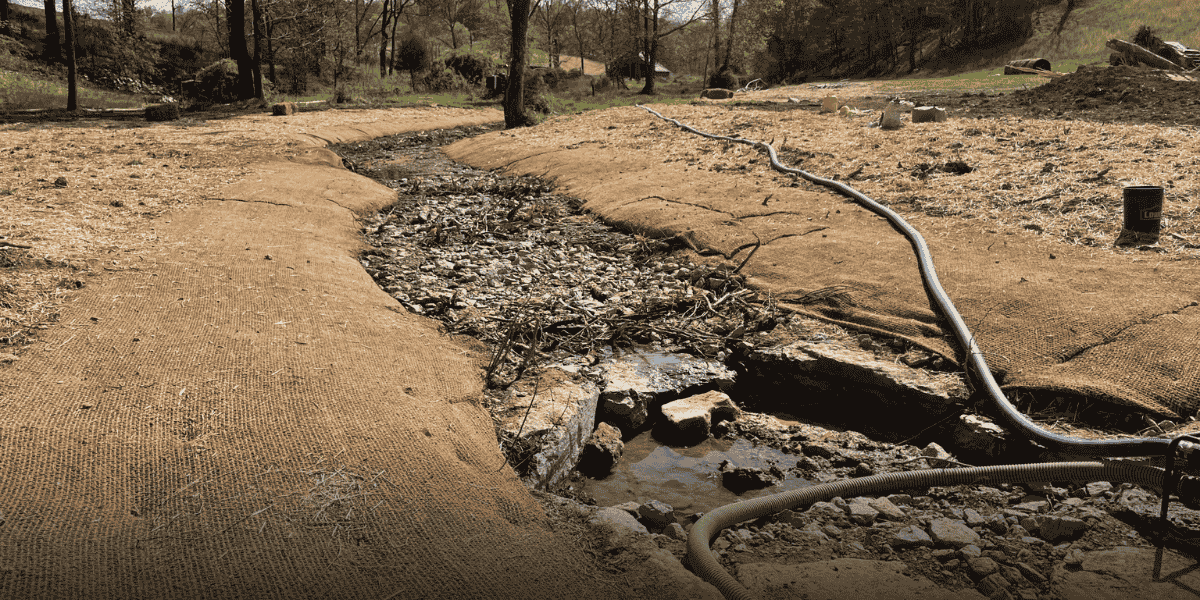
Wetlands are often called the “kidneys of the landscape” because of their natural
ability to filter water, reduce flooding, and support biodiversity. Unfortunately, many wetlands have been lost or
degraded due to urban development, agriculture, and industrial activities. This is where wetland mitigation becomes
essential. By restoring, creating, or preserving wetlands, communities can protect water quality, manage flood
risks, and maintain ecological balance.
In this article, we’ll explore how wetland mitigation works, why it’s crucial for clean
water and flood control, and how professional Wetland and Waterway Services play a vital role in long-term
sustainability.
What Is Wetland Mitigation?
Wetland mitigation is the process of compensating for the loss or degradation of
wetlands caused by development or other human activities. It usually involves:
- Restoration – repairing damaged
wetlands to their natural state - Creation – developing new
wetland areas to replace lost ones - Enhancement – improving existing
wetlands for better ecological function - Preservation – protecting
high-value wetlands from future harm
Through stream and wetland mitigation, developers
and communities can offset environmental impacts while maintaining compliance with environmental regulations such as
the Clean Water Act.
How Wetland Mitigation Protects Water Quality
Healthy wetlands act as natural water filters. Here’s how mitigation helps safeguard
water quality:
1. Nutrient Filtration
Wetlands absorb and filter out pollutants like nitrogen and phosphorus from stormwater
and agricultural runoff. This prevents harmful algal blooms and improves overall water clarity.
2. Sediment Control
Vegetation in wetlands traps sediments before they enter rivers and lakes. This reduces
turbidity, improves aquatic habitats, and prevents clogged waterways.
3. Chemical Breakdown
Wetlands play a crucial role in breaking down pesticides, heavy metals, and other
contaminants. Through natural microbial activity, many pollutants are neutralized before they reach groundwater or
surface water, such as streams.
By investing in Wetland and Waterway Services, communities can restore degraded wetlands
and ensure cleaner, healthier water supplies for both people and wildlife.
How Wetland Mitigation Reduces Flood Risks
Flooding is a growing concern due to climate change and urban expansion. Wetlands are
powerful allies in managing flood risks.
1. Natural Water Storage
Wetlands act like sponges, absorbing excess rainfall and slowly releasing it over time.
This reduces the severity of flash floods.
2. Flow Regulation
Restored wetlands help regulate stream flow by slowing down fast-moving water. This
prevents downstream flooding and erosion.
3. Groundwater Recharge
By holding and filtering water, wetlands allow more infiltration into groundwater
reserves. This helps maintain stable water tables, especially during dry seasons.
4. Coastal and Riverbank Protection
In coastal areas, wetlands buffer storm surges, while along rivers, they reduce
streambank erosion. Together, these functions protect infrastructure, farmland, and communities.
Through stream and wetland mitigation, local governments and developers can reduce
long-term flood damage while preserving natural resilience.
The Role of Wetland and Waterway Services
Professional Wetland and Waterway Services provides the
expertise needed to design, implement, and monitor mitigation projects. Their services often include:
- Hydrological and ecological
assessments - Wetland design and engineering
- Streambank stabilization and erosion
control - Habitat restoration for fish and
wildlife - Long-term monitoring and compliance
reporting
By working with experts, projects not only meet regulatory requirements but also achieve
meaningful environmental benefits.
Benefits Beyond Water and Flood Protection
In addition to cleaner water and reduced flood risks, stream and wetland mitigation also
provides:
- Biodiversity support – Wetlands
serve as critical habitats for a wide range of fish, birds, amphibians, and plants. - Climate resilience – Wetlands
capture carbon and help buffer communities against extreme weather. - Recreation and education –
Restored wetlands create opportunities for eco-tourism, outdoor learning, and community engagement. - Economic savings – Preventing
flood damage and improving water quality result in lower long-term infrastructure and treatment
costs.
Final Thoughts
Wetlands are one of nature’s most effective tools for protecting water quality and
controlling floods. Through stream and wetland mitigation, we can restore these vital ecosystems, reduce
environmental risks, and build resilient communities. Partnering with professional Wetland and Waterway Services
ensures that mitigation projects deliver lasting benefits for people, wildlife, and the planet.
By prioritizing wetland protection and restoration, we safeguard not just today’s
environment but also the health and security of future generations.
The primary goal is to compensate for lost or damaged wetlands by creating, restoring, enhancing, or preserving others
They filter pollutants, trap sediments, and absorb excess nutrients that would otherwise harm rivers and lakes.
Not entirely, but they significantly reduce flood intensity and frequency by storing and releasing water in a gradual manner.
Funding is provided by a combination of government agencies, private developers, and conservation organizations.
Communities can support conservation groups, advocate for stronger policies, and participate in restoration projects.

